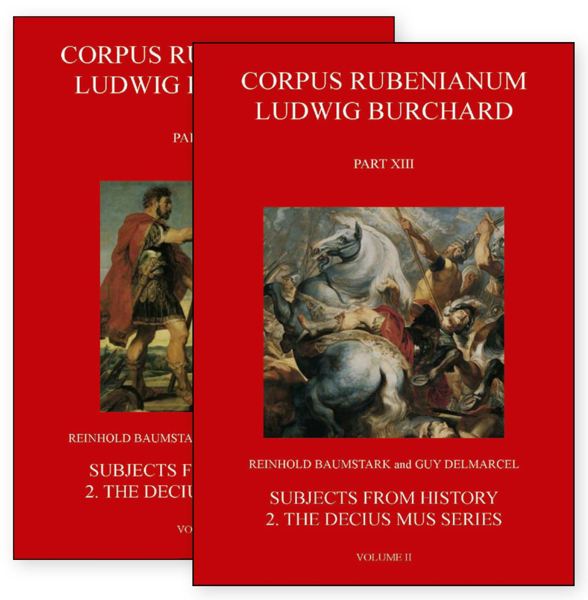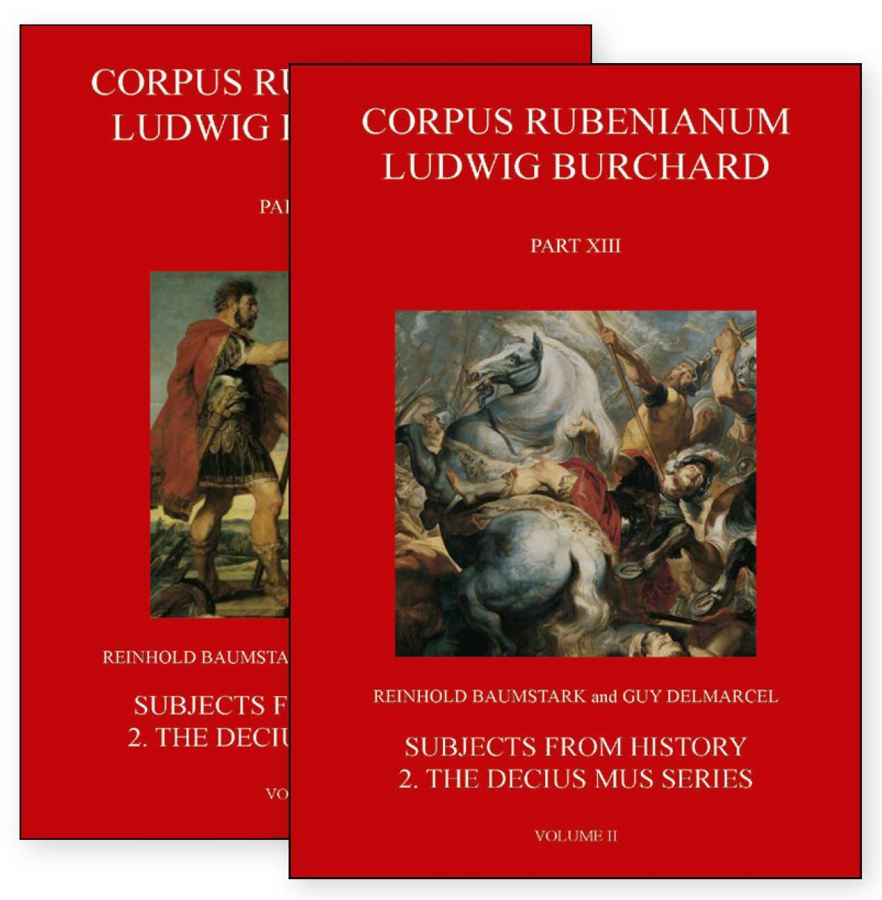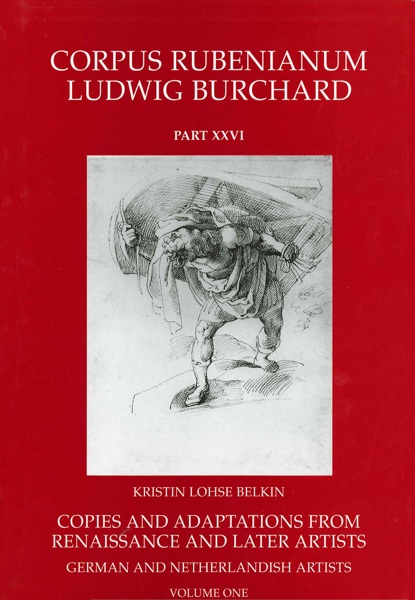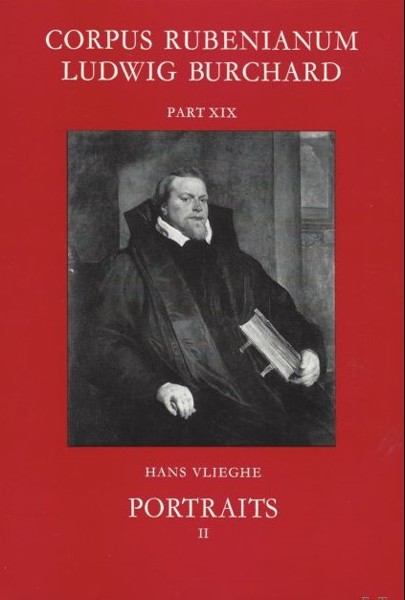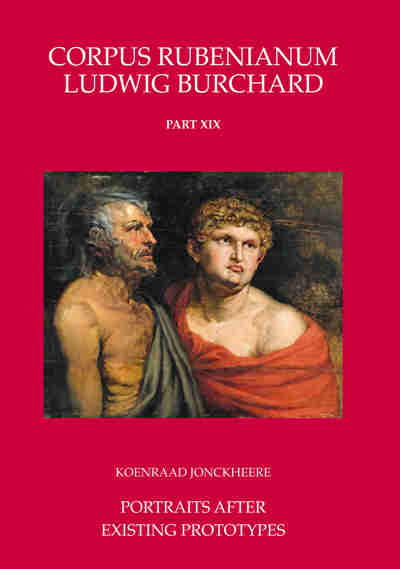
Subjects from History: The Decius Mus Series
Reinhold Baumstark, Guy Delmarcel
- Pages: 778 p.
- Size:175 x 260 mm
- Illustrations:161 b/w, 99 col.
- Language(s):English
- Publication Year:2020
- € 275,00 EXCL. VAT RETAIL PRICE
- ISBN: 978-1-912554-23-2
- Hardback
- Available
“What remains beyond doubt or debate is the enormous value of this two-volume addition to the Corpus Rubenianum and to future Rubens scholarship. It is as heroic as the story – and cycle – it treats so magisterially: Rubens-worthy!” (Charles Scribner III, in Historians of Netherlandish Art, July 2020)
Rubens’s Decius Mus Cycle is in many ways a first. It provides the earliest example of work for the medium of tapestry, and so illustrates the artist’s approach to the challenges presented by a narrative sequence of images. The woven versions, like the corresponding set of six paintings preserved in the collection of the Prince of Liechtenstein since 1692, represent the heroic death of the Roman Consul Decius Mus, following Livy’s account of how he sacrificed himself to the gods to procure victory for Rome. Rubens stages the episodes of this dramatic story with characteristic ingenuity, producing images with a powerful visual impact and narrative force.
To recreate Livy’s story with Roman authenticity, Rubens drew on a wide range of sources, including not only classical texts but the growing antiquarian literature of his age, as well as archaeological evidence that he had studied in person while in Italy. The Decius Mus Cycle thus forms Rubens’s first large-scale manifestation of the reception of antiquity. At the same time it reveals the inspiration of Italian Renaissance traditions.
Begun in 1617, the Decius Mus Cycle belongs to a particularly intense and productive phase of Rubens’s career. Many altarpieces and other large-scale compositions were also realised in this period, which made the participation of an extensive workshop essential. Together with the preparatory modelli, the paintings of the Decius Mus Cycle testify to the interaction of master and assistants, providing clearer documentation than was previously available of Rubens’s creative process. Technical examination undertaken specifically for the present volume – including full-surface analysis using X-ray and infrared reflectography – has resolved many puzzles and will provide future researchers with a wealth of new information.
